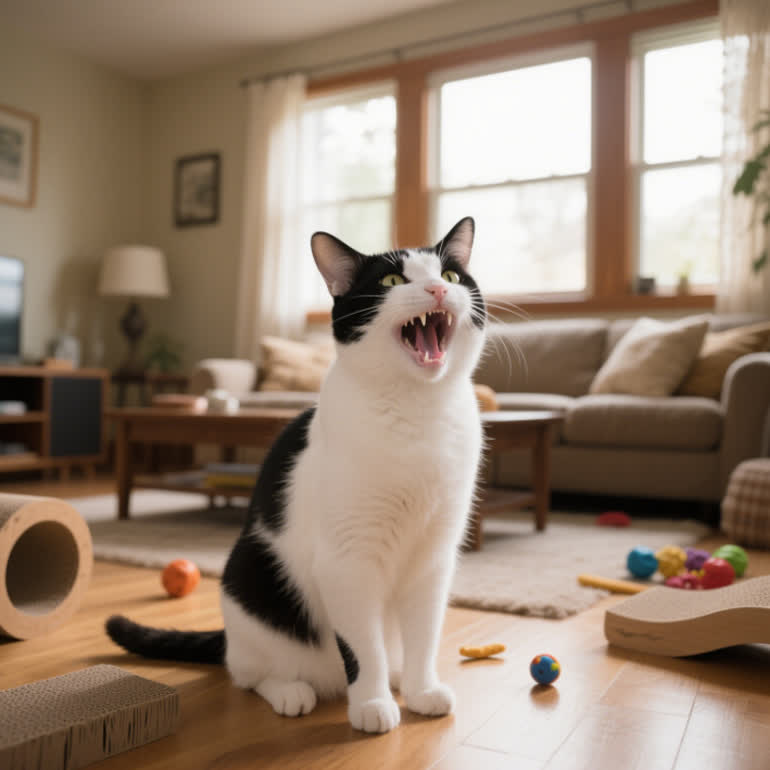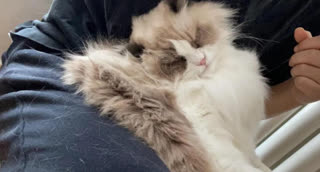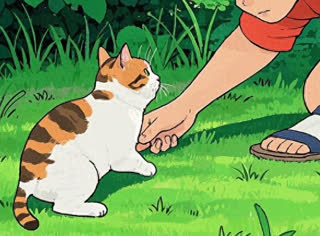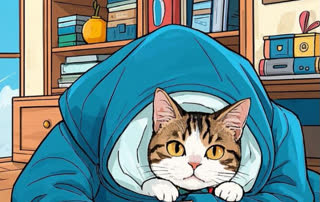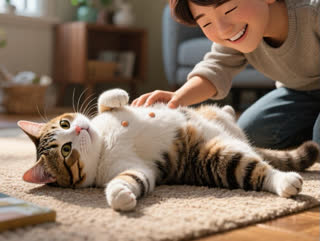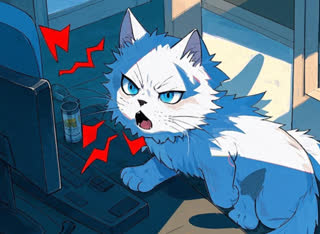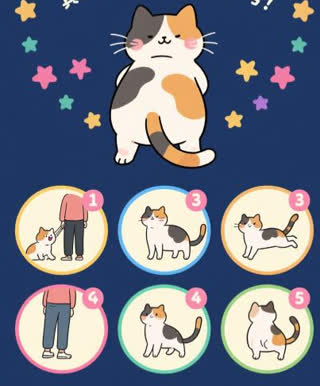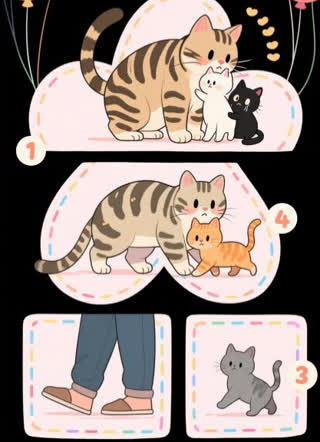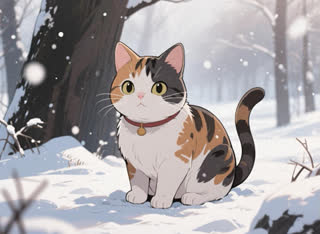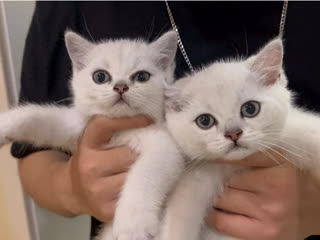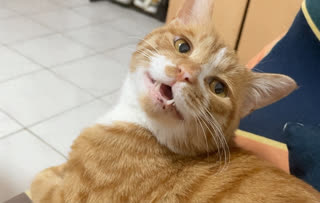The Snowshoe cat breed, known for its striking white paws and affectionate personality, has captivated cat enthusiasts for decades. But beyond their unique markings lies another intriguing trait: Snowshoe cat breed vocalization patterns. These cats are not as chatty as Siamese relatives, but their vocal habits blend melodic chirps, soft trills, and occasional conversational meows. In this article, we’ll explore how Snowshoes communicate, what their sounds mean, and how owners can decode these charming—and sometimes puzzling—vocalizations.
Section 1: The Snowshoe’s Vocal Repertoire
Unlike breeds with constant chatter, Snowshoe cats use vocalization patterns strategically. Research from The International Cat Association (TICA) notes that Snowshoes inherit a moderate vocal tendency from their Siamese ancestry but tone it down with a softer, sweeter pitch. Common sounds include:
Trills: A mix of purring and meowing, often used to greet owners.
Chirps: High-pitched, bird-like noises during play or excitement.
Silent Meows: A dramatic (yet soundless) gesture to demand attention.
These Snowshoe cat breed vocalization patterns reflect their social nature. A 2022 study in Feline Behavior Science found that Snowshoes vocalize more frequently when seeking interaction, unlike breeds like Persians, who are quieter.
Section 2: Why Do Snowshoes Vocalize? Decoding the Triggers
Understanding Snowshoe cat breed vocalization patterns requires identifying their motivations:
Social Bonding: Snowshoes thrive on human companionship. They may trill when following owners or chirp to initiate play.
Environmental Stimuli: Noises like rustling bags or birds outside often trigger excited chirps.
Stress Signals: Prolonged meowing could indicate boredom or health issues.
Veterinarian Dr. Emily Carter notes that sudden changes in vocalization patterns—like increased yowling—may signal discomfort, warranting a vet visit.
Section 3: Comparing Snowshoes to Other Breeds
While Siamese cats are famously loud, Snowshoe cat breed vocalization patterns strike a balance. A Cat Fanciers’ Association article highlights that Snowshoes share the Siamese’s desire to "talk" but use quieter, shorter sounds. In contrast, Maine Coons communicate through trills and chatters, while Bengals emit loud, demanding meows.
Section 4: How to Respond to Your Snowshoe’s Sounds
Adapting to Snowshoe cat breed vocalization patterns strengthens your bond:
Engage in Play: Respond to chirps with interactive toys like feather wands.
Provide Mental Stimulation: Puzzle feeders reduce boredom-related meowing.
Establish Routines: Consistent feeding times minimize anxious vocalizations.
Avoid reinforcing excessive meowing by withholding attention until they’re quiet.
Section 5: Training Tips for Vocal Snowshoes
While you can’t eliminate vocalization patterns, you can shape them:
Use positive reinforcement (treats/praise) when they’re calm.
Redirect nighttime meowing with automated toys.
Teach commands like "quiet" using clicker training.
The Snowshoe cat breed vocalization patterns are a window into their intelligent, people-oriented personalities. By recognizing their trills, chirps, and meows, owners can better meet their needs and deepen their connection. Whether your Snowshoe is serenading you at dawn or "talking" about their day, these vocal quirks are part of what makes the breed so endearing.
